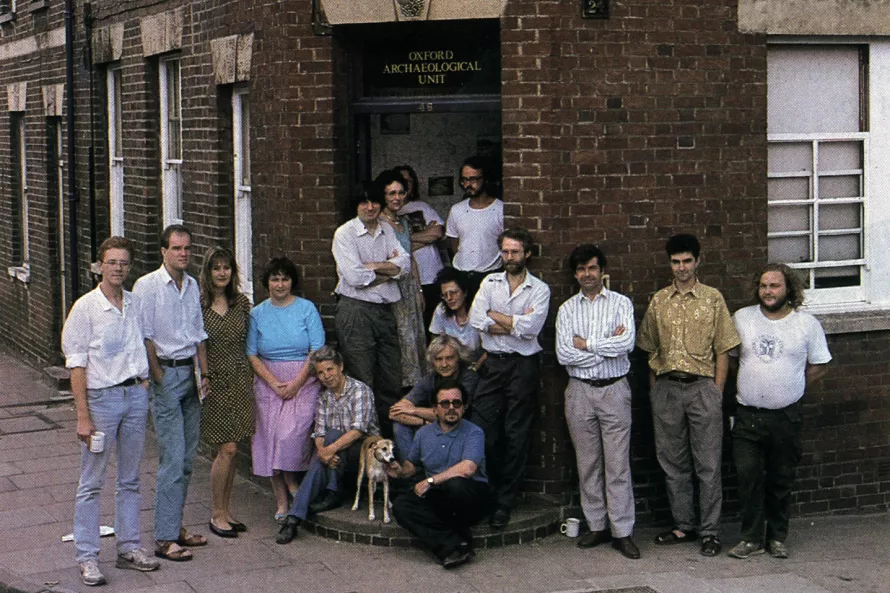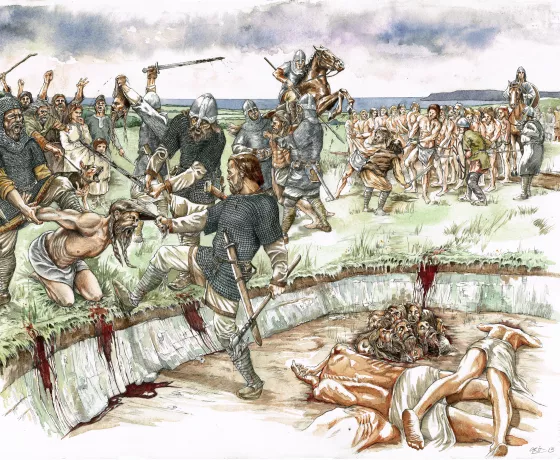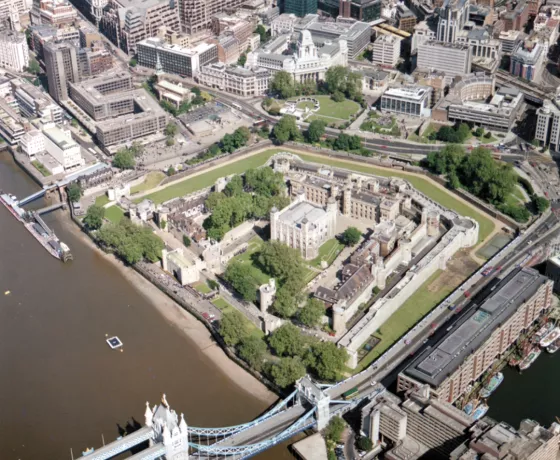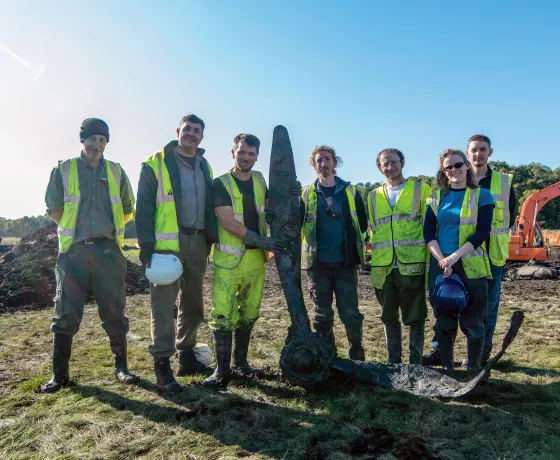Founded in 1973 as the Oxfordshire Archaeological Unit (the ‘shire’ was later dropped) in response to the heritage crisis that followed the post-war development boom, Oxford Archaeology (OA) is now one of the most influential archaeological companies in the UK. In the decades since its formation, the company has grown from strength to strength and broadened its reach and focus far beyond Oxfordshire. In the 2000s, Oxford Archaeology expanded its presence in the UK: Lancaster University Archaeological Unit joined in 2001, now our Lancaster office, and was followed by Cambridgeshire County Council Archaeological Field Unit in 2008, now our Cambridge office.
Throughout 2023, OA will celebrate its work and the people who, through their passion for and dedication to archaeology, have been the key ingredient of its long history and great success. As part of the initiatives marking the anniversary, we will be sharing OA's 50 highlights: the top finds, sites and projects, which will be shared weekly on our social media channels. Chosen by OA staff past and present, the highlights represent key moments of the organisation's five decades in archaeology.
We kick off the year with the objects that represent the three offices: the Janus head from Bishop's Court, Dorchester-on-Thames in Oxfordshire, the Dacre lion sculpture from Cumbria, and the Barrington brooch from the Edix Hill Anglo-Saxon cemetery in Cambridgeshire.
The Janus head - Oxford office
The original Janus head bronze casting was found during emergency excavations at Bishop’s Court, Dorchester-on-Thames, undertaken by the Oxford University Archaeological Society in 1957-58.
Years later, when the Oxford Archaeological Unit (OAU) came into existence, David Brown, who was at the time one of the trustees and the curator of Roman antiquities at the Ashmolean Museum, suggested its adoption as the Unit’s logo. The Roman god Janus, who looks both to the past and to the future, seemed to represent OAU’s qualities and vision. Mr Brown later carved a stone replica of the Janus head that has adorned all of Oxford Archaeology offices in Oxford and to this day greets visitors to current office in Osney Mead. Huge thanks go to OA alumni George Lambrick, Paul Booth and Tom Hassall for sharing their memories of the very beginning of OA.

The Dacre Lion - Lancaster office
The Dacre lion is the most prominent figure on a fragment of a stone cross shaft dating to the early ninth century, found at Dacre, in Cumbria. It stands in an inhabited vine scroll, which also contains rare evidence of a human figure within its tendrils. Vine scrolls are common in the iconography of the early Northumbrian church, but the lion is unique.
The cross, when found in 1900, provided important evidence that Dacre was the site of a monastery mentioned by the Venerable Bede in his Ecclesiastical History of the English People. Completed in AD 731, Bede’s work is one of the very few documentary sources for the golden age of the early medieval kingdom of Northumbria. Excavations by the Cumbria and Lancashire Archaeological Unit (precursor of our Lancaster office) in the 1980s confirmed that this was indeed an important early medieval ecclesiastical site, containing a cemetery of 230-plus graves, early buildings, a double drain emerging from the modern churchyard, and a wealth of metalwork of the period, including evidence for literacy in the form of a stylus.
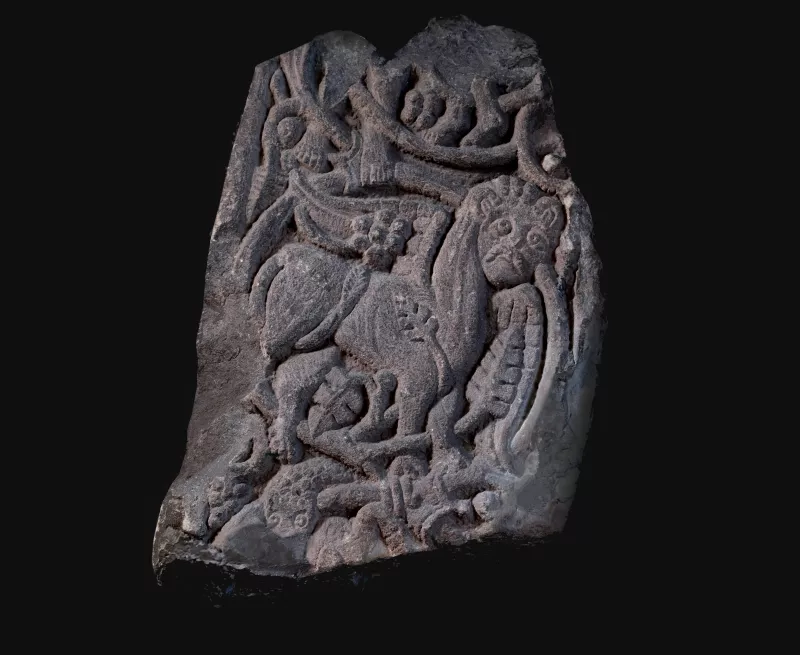
The Barrington Brooch - Cambridge office
The Edix Hill Anglo-Saxon cemetery at Barrington, Cambridgeshire, was discovered and excavated in the 19th century. Rediscovered in 1987 and excavated by Cambridgeshire County Council Archaeological Field Unit between 1989 and 1991, it proved to be one of the most impressive burial sites of the Early Anglo-Saxon period.
115 graves were found during the 1989-1991 works that dated between c. 500 and 650 AD. Thanks to the large number of burials and the range and variation of the grave goods found in them, Barrington is one of the key sites that informs our understanding of Early Anglo-Saxon society and beliefs. The brooch, chosen as the logo for our Cambridge office, symbolises the connection between OA's history and one of the most influential Anglo-Saxon sites investigated to date.

Other posts in this collection
Read the latest posts celebrating our 50th year in archaeology.

